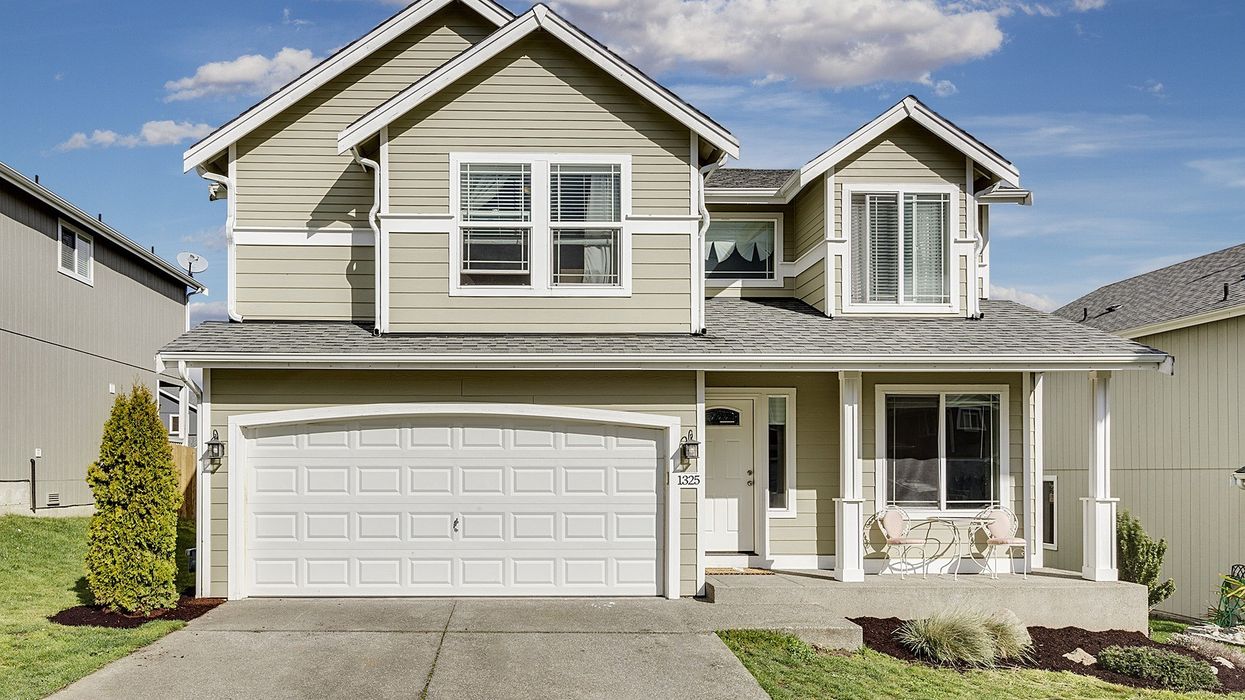Canadians are definitely feeling the crunch of the affordable housing crisis and the critical shortage of rental units. So it comes as a shock to hear that literally thousands of houses are sitting empty.
Point2 Homes just released a report estimating there were approximately 1.34 million left empty and temporarily occupied between 2006 and 2016. While that is a conservative estimate, the number has definitely increased as of 2019, which begs the question: by how much? Point2Homes used data from Statistics Canada’s housing data in over 150 cities to discover that 8.7 per cent of the market sits vacant.
READ: Virtual Home Staging – Why You Should Consider It When Selling
This is in dramatic contrast to the U.S. market which “never climbed higher than 2.8 per cent” during the same 10-year time period according to the Federal Reserve Bank, the report says.
The high incidence of “ghost homes” recently came to national attention in a news story about a luxury home in one of Saskatoon’s high end neighbourhoods that had been empty for years.
“The country’s housing problem extends beyond foreign buyers jacking up prices and unaffordability taking over major cities,” the report states. “Investor speculation and short-term rentals are the main culprits behind high vacancy rates in places like Toronto and Vancouver.” Airbnb has been blamed for removing a minimum of 31,000 homes from the long-term rental market.
READ: PEI’s Competitive Real Estate Market Rivals Toronto’s
Despite the distressing high number of vacant homes in dense urban areas – Toronto currently has approximately 66,000 and Montreal, 64,000 – the report says it’s a phenomenon happening across Canada. Calgary, Ottawa and Edmonton each “have more than 20,000 vacant properties,” and Vancouver shows fewer vacancies with just 25,000 unoccupied homes.
Of Canada’s 10 largest cities, Winnipeg saw the largest increase in the number of empty homes with a 42.7 per cent increase, followed by Montreal at 36.3 per cent and Edmonton at 32.5 per cent. More broadly, the largest increase in vacant homes over the 10 year span were found in three cities in Alberta: Grande Prairie saw an increase of 181.4 per cent, Leduc jumped 172.4 per cent and Fort Saskatchewan rose 146.8 per cent.
READ: Toronto Needs Missing Middle Housing Now More Than Ever
While Toronto had a decrease in vacancy rates, citing -4.7 per cent over the 10 year span, city council has mulled the prospect of a home tax similar to Vancouver’s in an effort to address the housing affordability crisis in 2017. A decision has yet to be made on this.
Although the number of vacant property levels seem bleak, the report states that “both current analyses and future market prospects point to more balanced conditions overall” in the future, citing the Canada Mortgage and Housing Corporation’s (CMHC) 2018 Housing Market Outlook.
“Housing starts are forecast to slow down gradually over the 2018 to 2020 forecast horizon, moderating from the 10-year high recorded in 2017 to levels more in line with a moderating economic outlook and demographic conditions,” CMHC’s report said.





















